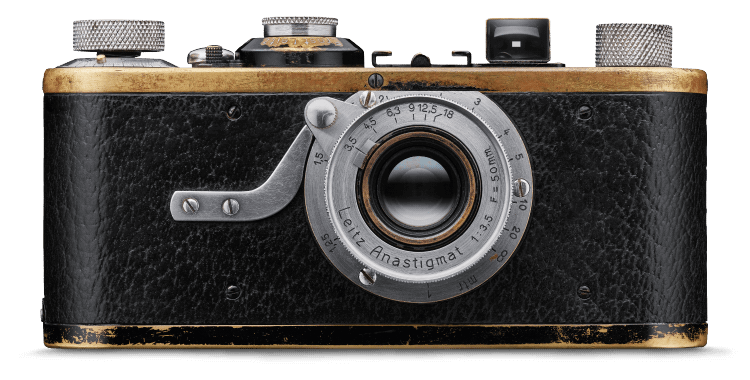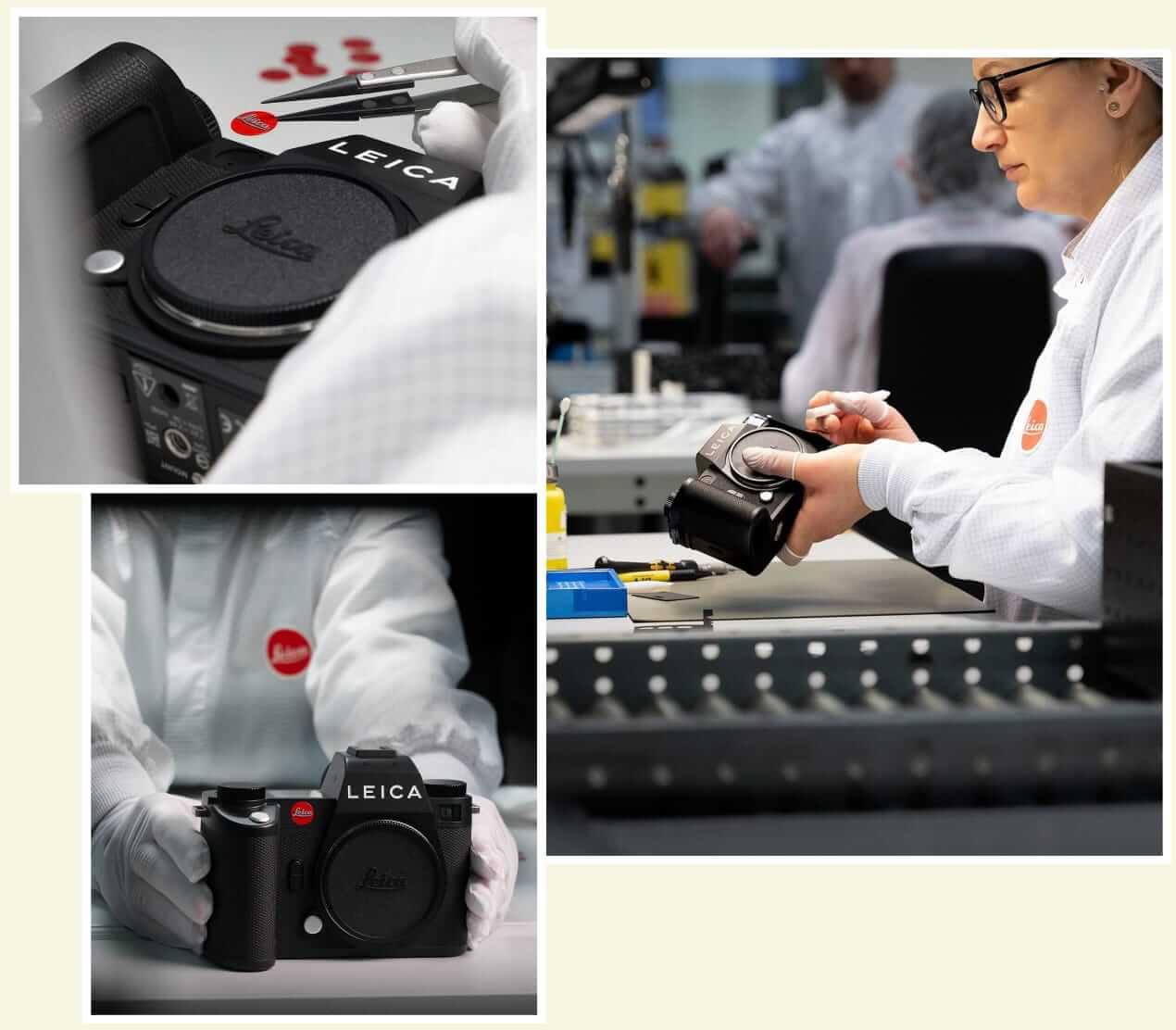Leica Q3
Full-frame, fixed-lens, and ready for whatever's in front of you. The Q3 is compact enough to travel with, but powerful enough for serious work. The kind of camera that makes you want to shoot every day.
Leica Q3 camera,
$6,735 by Leica

Celebrating the 100th anniversary of the compact camera that changed photography forever
For a century, the Leica camera has quietly transformed the way we view the world. From the brand's revolutionary vision to create a portable, reliable, and precise photographic tool, Leica democratized photography, making it accessible to adventurers, artists, and journalists alike. Its sleek, minimalist design, combined with meticulous German engineering, soon became iconic—recognized not just as a camera, but as an object of desire, a symbol of refined taste and craftsmanship.
And it started with the game-changing 35mm camera, the Leica I. First shown at the Leipzig Spring Fair in 1925, the Leica I was a technical outlier. At a time when photography was dominated by bulky large-format cameras, heavy wooden boxes, and the assumption that making an image required a tripod and a studio, the Leica I introduced something else entirely. Using 35mm film, then standard only for motion pictures, it offered a radically more compact and mobile way to take photographs. That portability, in turn, opened up a new visual language. Photographers could now be spontaneous, in the street, and in real time.
Today, we take it for granted, but Leica's decision to shrink the camera and change the format was a fundamental shift in how we see the world. The man behind the camera was Oskar Barnack, who had developed the camera to test film emulsions more efficiently, but the prototype showed promise well beyond its intended function. He refined it into a practical, durable machine that invited spontaneity. The Leica I featured a fixed 50mm f/3.5 Elmar lens, a cloth focal-plane shutter, and a die-cast aluminum body covered in black vulcanite. It felt robust but not overbuilt, elegant without being flashy. With shutter speeds reaching up to 1/500 of a second, it enabled a quicker way to take photos versus the more cumbersome cameras of the time.
That speed and discretion changed everything. For the first time, photographers could capture unguarded moments in available light, without an elaborate setup. The Leica I invited photographers to observe rather than set up a shot in front of a tripod. In doing so, entire genres took root in this freedom: street photography, reportage, travel photography, and documentary work. Henri Cartier-Bresson, the famous French photographer, called the Leica an “extension of the eye,” and it is no coincidence that many of the most iconic 20th-century photographs, decisive moments and unscripted scenes, were shot with a Leica.
Design-wise, the Leica I is both utilitarian and almost philosophical. Its form reflected ideas coming out of the Bauhaus, which was gaining influence in Germany at the time. The Bauhaus ethos centered on simplicity, utility, and reduction. Overly-designed machinery was seen as superfluous and unnecessary, and proponents of the Bauhaus style believed that a product should be designed simply for what it does, with little distraction.
Leica has since seemed to internalize this thinking with the Leica I being the grandfather of its philosophy. The Leica I was not dressed up to look impressive, it was built to function well, and that editing out of any “fluff” is exactly what made it beautiful. Its compact rectangular form, the collapsible lens mount, the evenly spaced knurling on the knobs, and the precise, minimal typography all felt considered. The Leica I of 1925 was, in some ways, the Apple iPod of the early 2000's: it was a product's beauty that came from its simplicity, not in spite of it.
Leica has preserved that philosophy remarkably well. The fundamentals of the original design continue to echo in the company's modern M-series rangefinders, right down to the position of the shutter button and the crisp simplicity of the controls. Even as technology shifted, from film to digital, mechanical to electronic, the design has held steady ever since.
And because of this steadfast approach to design and an unwavering commitment to excellence, it is no wonder that Leica continues to be the camera brand that photographers reach for to get that one perfect shot. While Oskar Barnack probably never imagined he would create one of the most iconic products of the 20th century, there is no denying that the Leica I perfectly encapsulates the zeitgeist of the time and today, a hundred years on, we are still feeling the effects of his innovation.
A slightly more modern alternative to the original. It has side seams and is made from a cotton that's both a little lighter and a touch less structured than the classic 215.
Leica M11-P camera,
$10,695 by Leica
Advertisement
This is one of Leica's go-to lenses for a reason. It's fast at f/1.4, small enough to carry everywhere, and sharp across the frame. Whether you're shooting street, travel, or everyday scenes, this lens gives you natural perspective and reliable performance in almost any lighting.
Leica Summilux-M 50mm f/1.4 Chrome lense,
$4,175 by Leica
To celebrate its centennial anniversary, the brand created a 320-page book, 100 Leica Stories ($70), offering fascinating insights into the brand’s storied history. From technical milestones to gripping anecdotes and iconic images, this handsome (and heavy) coffee table book captures the essence of the Leica ethos.

